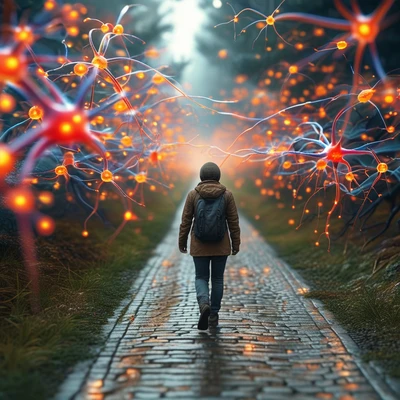Northwestern University neurobiologists have discovered that our brain's internal navigation system modifies spatial memories even when navigating a familiar, unchanged environment.
This means that each time someone takes the same route daily (with conditions remaining identical), different "map-making" brain cells activate. This finding illuminates how our brains process and store spatial memories, potentially impacting scientists' understanding of memory, learning, and aging.
The research is published in Nature
Nature.Situated deep within the temporal lobe, the hippocampus handles spatial navigation memories. Previously, neuroscientists believed that identical hippocampal neurons encoded identical places each time. However, brain imaging studies conducted a decade ago revealed that mice's brains displayed varied neuronal activity while navigating a constant maze.
To explore this phenomenon further, Dombeck and his team created an experiment using a cutting-edge multisensory virtual reality setup to ensure consistent sensory input for the mice, who ran through a virtual maze on treadmills with controlled speed. Despite these measures, spatial neurons still drifted, proving that our brain's maps are inherently dynamic.
"Even in replicable conditions, memories aren't identical for the same space," Dombeck explained. "Each time, slightly different neurons activate."
The study revealed that excitable neurons maintained more stable spatial memories, hinting at possible insights into age-related memory encoding changes.
Dombeck proposed a theory: our brain might be adapting to differentiate similar experiences occurring at distinct times, allowing us to recall both instances individually.


